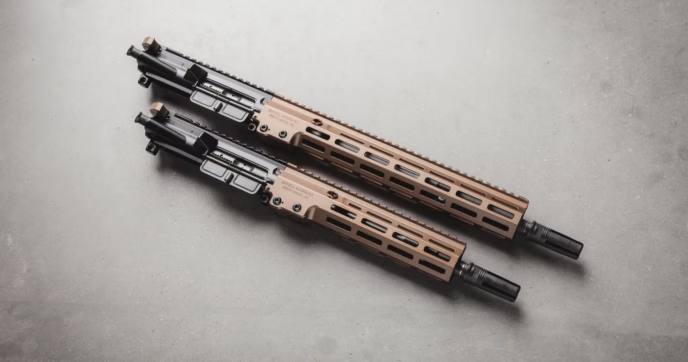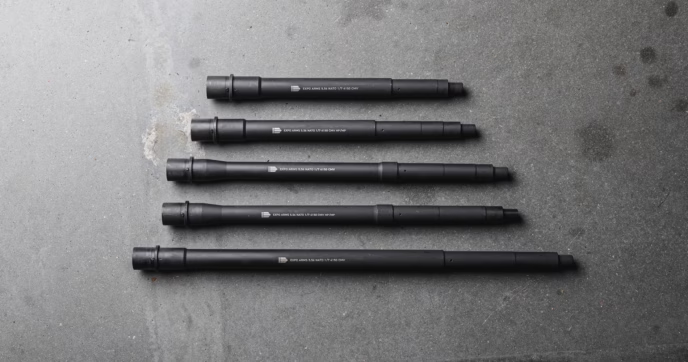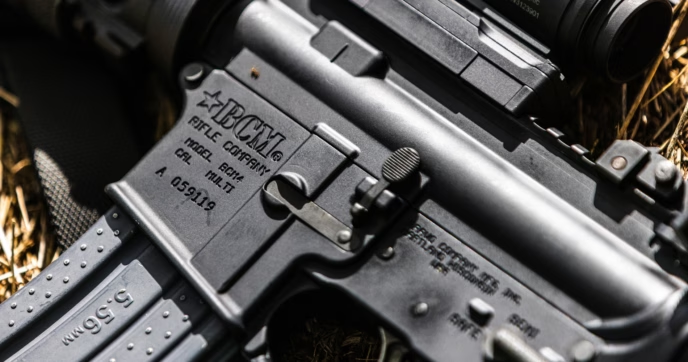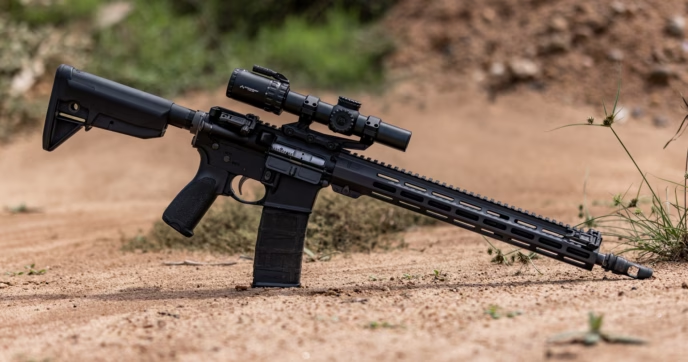.308 Winchester and .300 AAC Blackout share a lot of similarities. They can use the same projectiles, the same muzzle devices, and the same suppressors. But for all their similarities, they are very different ballistically and lend themselves to almost entirely different applications, even when they are both chambered in comparable firearms.
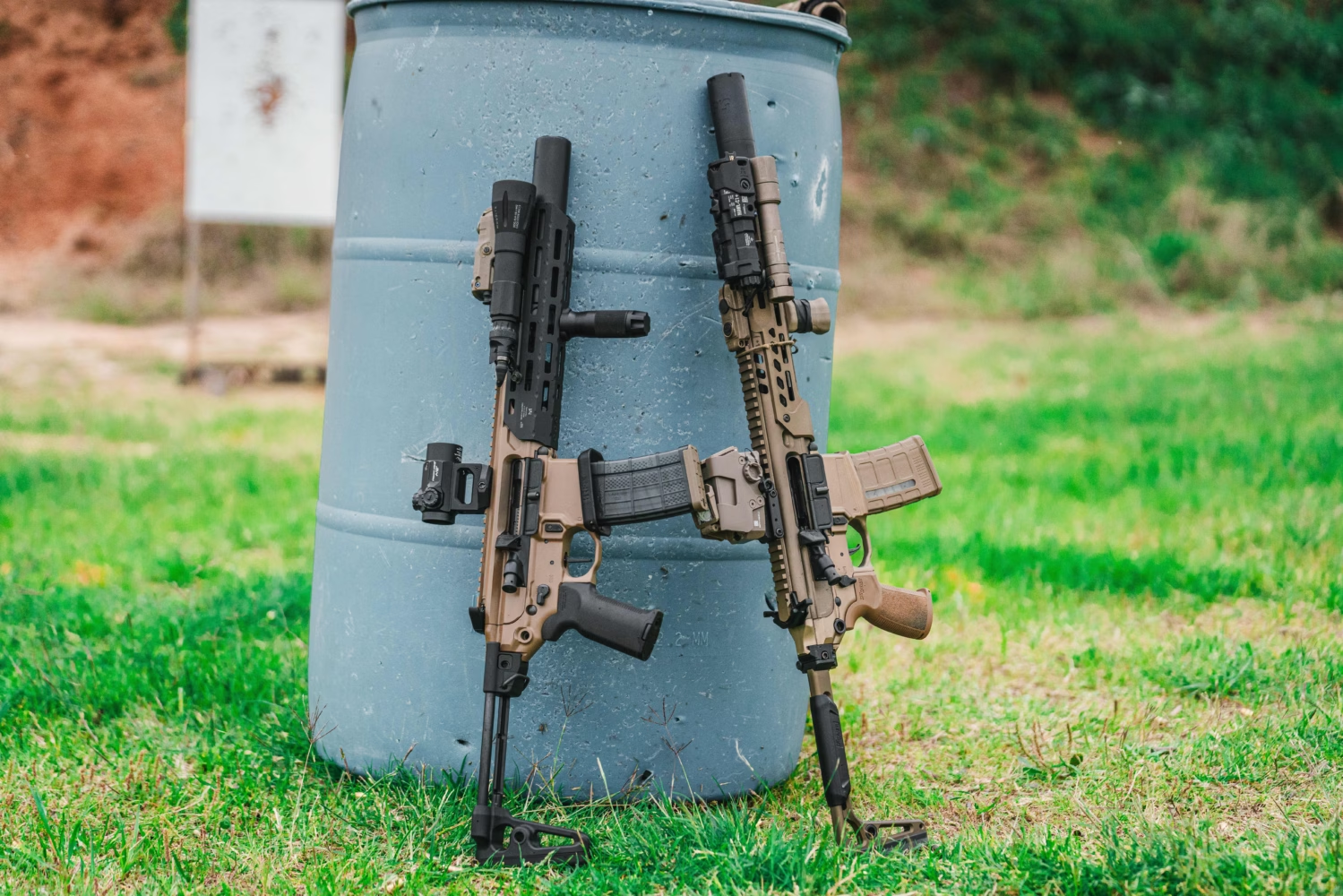
What is .300 Blackout?
.300 AAC Blackout is a specialized cartridge developed primarily to address the perceived shortcomings of the nearly-ubiquitous 5.56×45/.223 NATO round. This meant prioritizing short-barrel and suppressed performance. .300 Blackout was largely intended for use in AR-15 and other similar modern semi-automatic rifles, though, so maintaining as much parts compatibility as possible was paramount.
The result of this project was a cartridge that essentially used a 5.56×45 NATO brass case with the neck dimensions altered to allow it to fit a .30 caliber projectile. This allowed the .300 Blackout to share compatibility with standard 5.56 bolts, but also utilize the vast field of .308 projectiles available, with weights ranging from 110 to upwards of 220 grains.
In most respects, .300 Blackout accomplished its design goals admirably. With supersonic rounds, it’s highly effective at short to medium ranges and in many scenarios delivers superior terminal ballistics compared to 5.56x45mm. With heavier projectiles, .300 Blackout is able to maintain subsonic velocities while still providing a reasonable amount of terminal energy at short ranges.
.300 Blackout is a specialty round with a handful of specific purposes. It may not have the versatility of 5.56x45mm or .308 Winchester, but it excels within its roles.
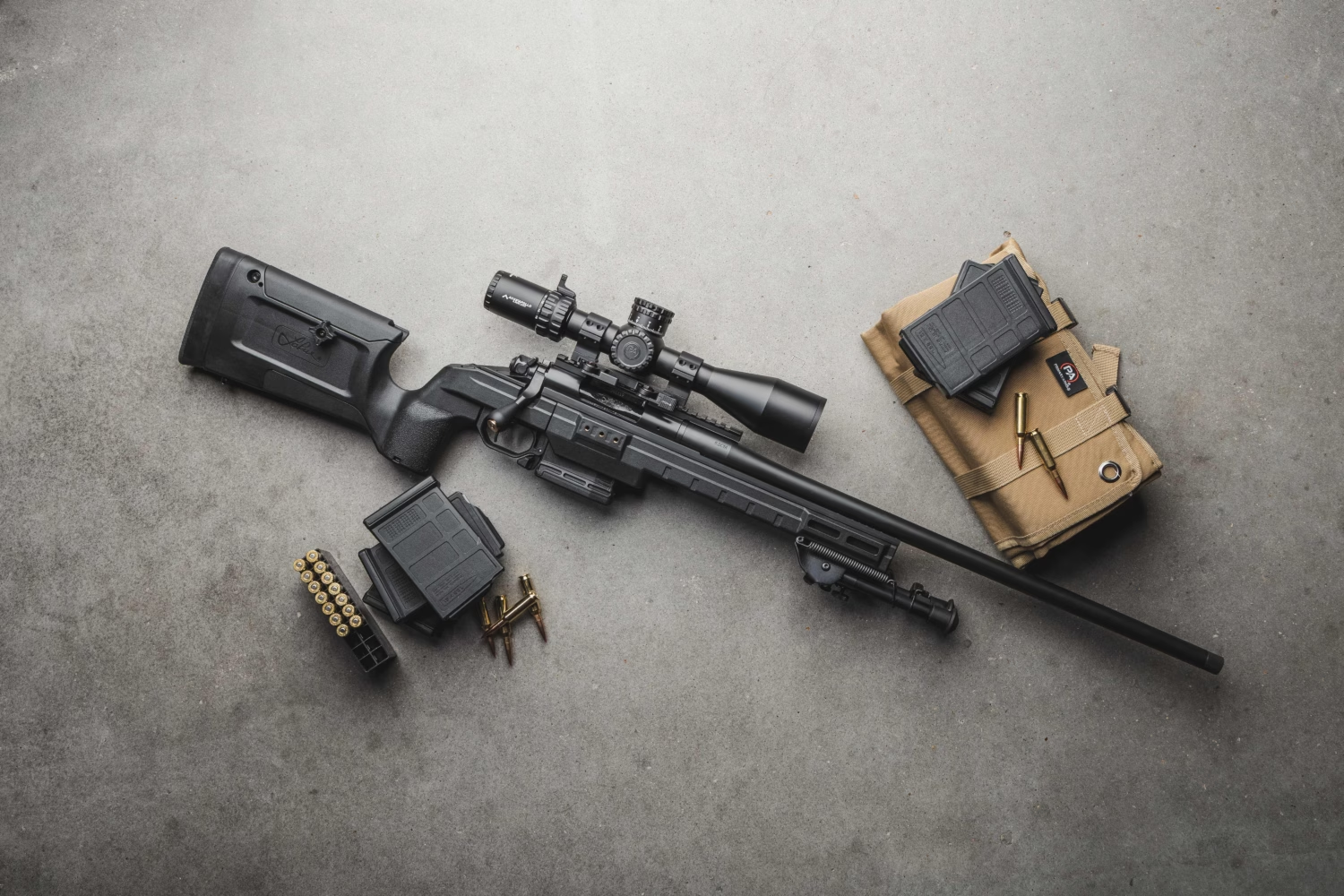
What is .308 Winchester
Compared to .300 Blackout, .308 Winchester is nearly ancient. The first version of it was developed shortly after World War 2 as an alternative to the .30-06 Springfield, which at the time was a common service cartridge. This experimental cartridge would eventually become both the 7.62x51mm NATO round and the .308 Winchester.
.308 quickly became a favorite of hunters across the nation. Unlike many other cartridges of the era, it was able to fit a short-action receiver, which meant a shorter, faster bolt cycling time and a lighter rifle. This, combined with its very moderate recoil, made it an excellent option for hunting in the continental United States, where few animals are large enough to necessitate a more powerful round.
7.62x51mm NATO, which is in many (though not all) cases interchangeable with .308 Winchester, would go on to become the standard cartridge for a number of popular military rifles, including the FN FAL, HK G3 and its derivatives, and later the FN SCAR-H.
Both cartridges saw extensive use for long-range precision, although in modern times their popularity has waned as newer cartridges such as 6.5 Creedmoor and 6mm ARC emerge, offering superior ballistic coefficients and flatter trajectories.
Despite this, .308 Winchester remains one of the most popular and common cartridges in the US, frequently used for everything from hunting and long-range precision to competition and police duty.
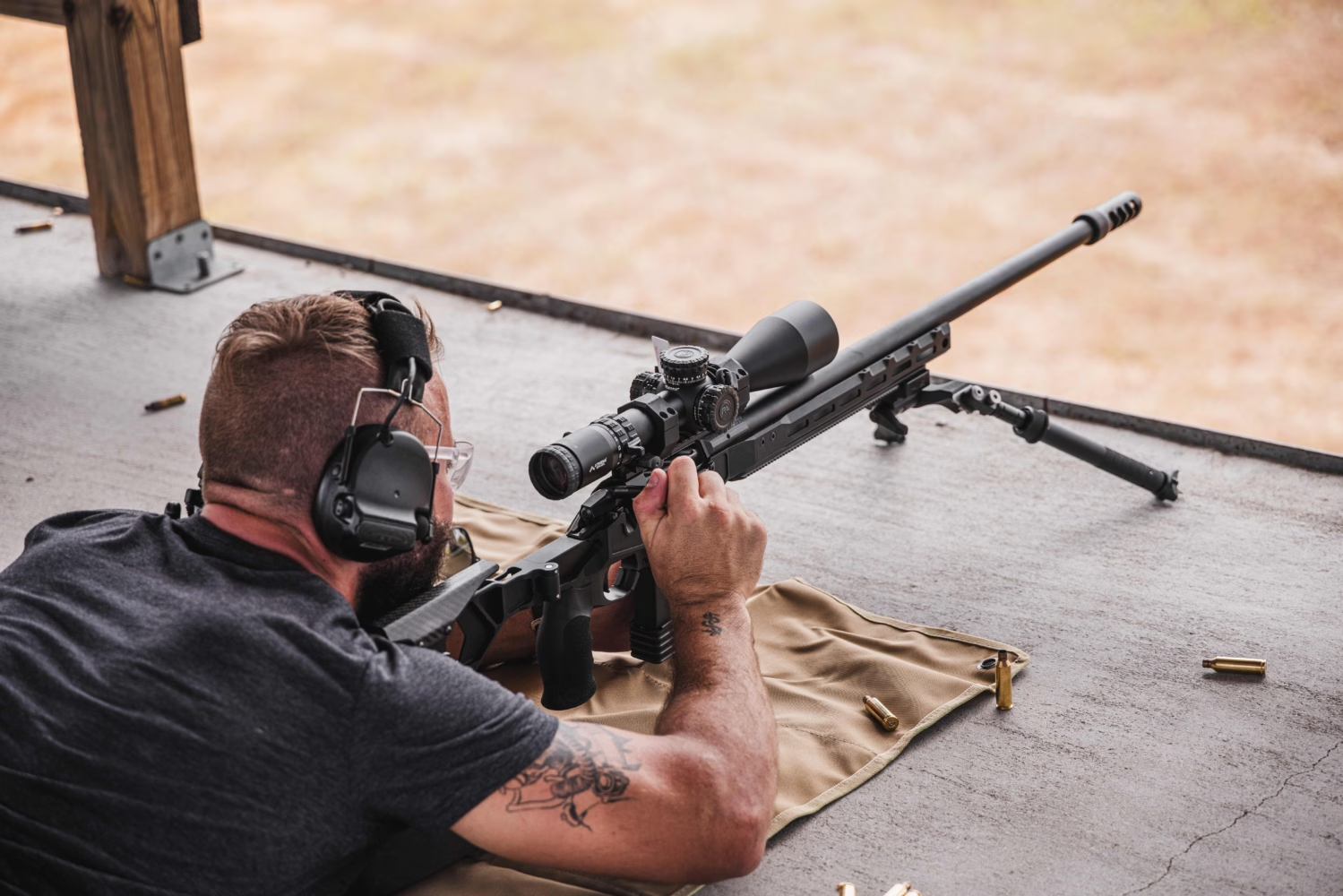
The Basics of Bolt-Actions
On the surface, bolt-action rifles can seem like a dated design. While it’s true that they are one of the older versions of cartridge firearms, they remain a common and practical design for several reasons.
Bolt-actions are simple, and that’s one of their greatest strengths. They have very few moving parts and very few controls to learn how to operate. This simplicity makes them extremely reliable, both from a mechanical and user standpoint—there aren’t very many parts to break and there’s not much users can do to cause the firearm to malfunction, other than short-stroking the bolt.
Additionally, bolt-actions tend to be among the most accurate rifles on the market, particularly for the money. While modern semi-autos are fully capable of matching the accuracy of bolt-actions, doing so often requires a much larger investment. Dollar for dollar, you’ll typically get more accuracy out of a bolt-action rifle as compared to a semi-auto.
This makes a bolt-action rifle a popular choice for hunting and long-range precision applications, where accuracy is paramount and rate of fire is largely a non-issue.
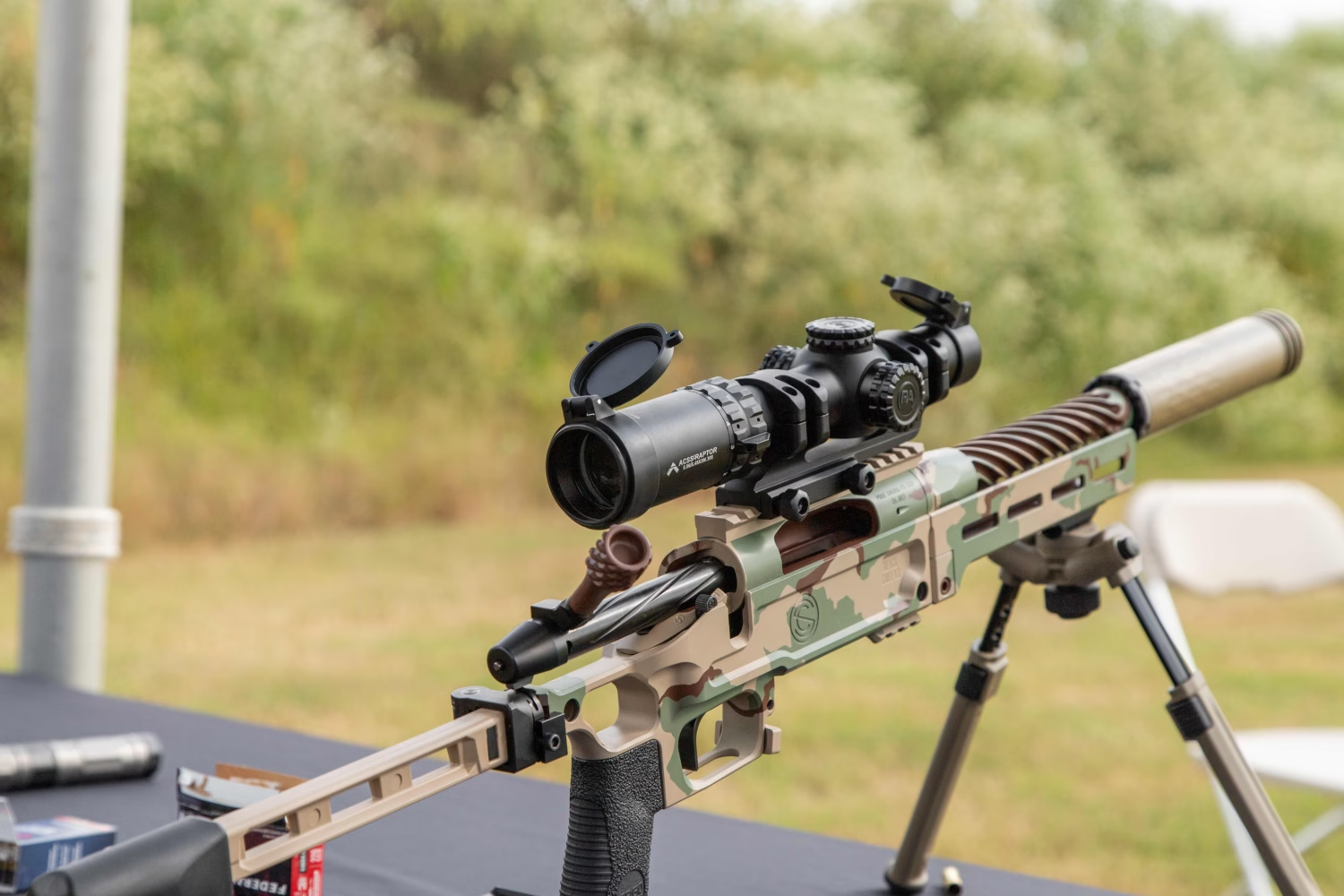
Head to Head: .308 vs .300 Blackout Bolt-Actions
.308 Winchester and .300 Blackout have very different applications, even when both are configured in bolt-action platforms. The best bolt-action rifle for you will depend on what you want to do with it.
The former is what many would consider a more traditional bolt-action rifle round. Chambered in .308 Winchester, a bolt-action is fully capable of harvesting most North American game animals or hitting targets at 800-1000 yards—both among the most common uses for bolt guns. A .308 bolt-action is an excellent option for most users, and is more practical as a general-purpose firearm than .300 Blackout.
.300 Blackout, though, is a different beast. Even in a supersonic loading, .300 Blackout is never going to be an ideal long-range round. Loaded with subsonic ammunition, the drop profile beyond a few hundred yards begins to look less like a rifle round and more like artillery fire.
Nor is .300 Blackout a particularly useful hunting round. It’s sufficient for small and some medium game, such as coyotes, but may lack the power for larger animals. It also may not meet the minimum specifications for a hunting round in some states.
As such, the purview of .300 Blackout bolt-action rifles tends to be limited to a single purpose: stealth. A suppressed bolt-action .300 Blackout is one of the quietest centerfire rifle configurations possible. The lack of an automatic action means that there will be no loud cycling of the bolt when you fire. Since the ejection port remains sealed until long after the gases generated by the shot have cooled, you won’t experience any ejection port pop either.
That’s the key factor that makes bolt-action .300 Blackouts so much quieter than semi-autos when paired with a suppressor. The action remains completely sealed during and after the shot, ensure that all of the gases produced are forced through the suppressor rather than taking the path of least resistance. Paired with a suppressor with a sufficient amount of internal volume, this allows nearly all of the gas to cool before passing out of the firearm.
This makes bolt-action .300 Blackout rifles the perfect platform for any application that requires an absolutely minimal sound signature. They’re popular range firearms for the novelty—it’s a unique experience to fire a round at a steel plate and have the impact be the only sound you hear—but they have some specific practical applications, too.
One common use for these rifles is pest control in noise-sensitive environments, such as around herds of cattle. Many farmers have found a suppressed .300 Blackout rifle to be the perfect tool for protecting calves from coyotes or other predators without spooking their herd unnecessarily with a loud gunshot. They’re also popular for controlling wild boar populations around other easily-startled livestock, such as horses.
In sum, .308 Winchester is a more traditional caliber for a bolt-action, and serves most common purposes better than .300 Blackout. However, if your priority is noise suppression rather than ballistics, there’s no better option than .300 Blackout.
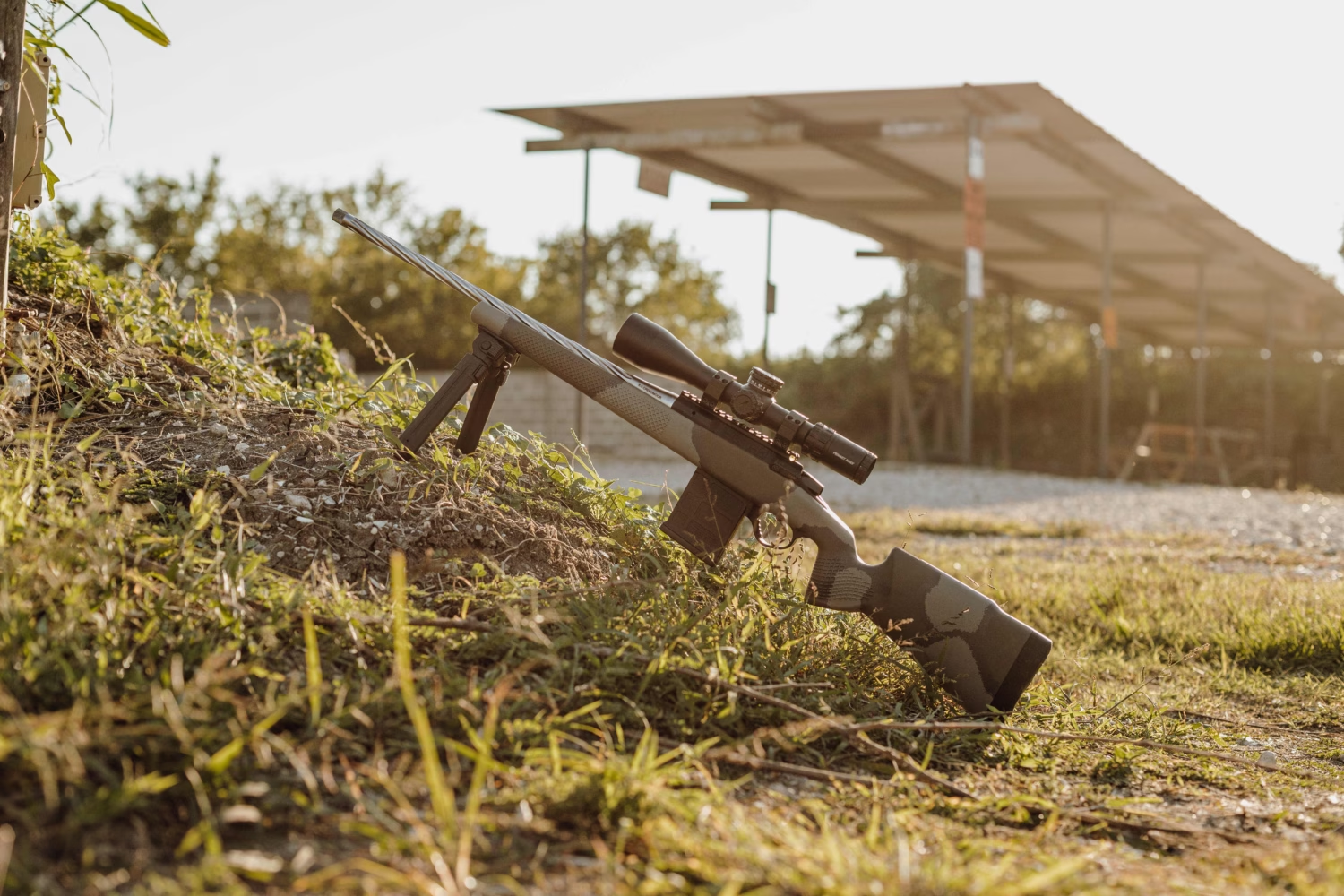
Conclusion
.300 Blackout and .308 Winchester are very different rounds with entirely separate purposes. Even the best .308 bolt-action rifle in the world cannot do what a .300 Blackout rifle can, and vice versa. Still, the need for maximal suppression is a relatively uncommon one, relegating .300 Blackout to a niche role. Both cartridges have their use and purpose in a bolt-action rifle, but for most users, .308 Winchester is the most practical option.
Both rounds are also available in semi-automatic platforms, though, where their relative pros and cons stack up a little differently. Check out our article on .300 Blackout vs .308 ARs for a deep dive on the best option for your next semi-auto.
